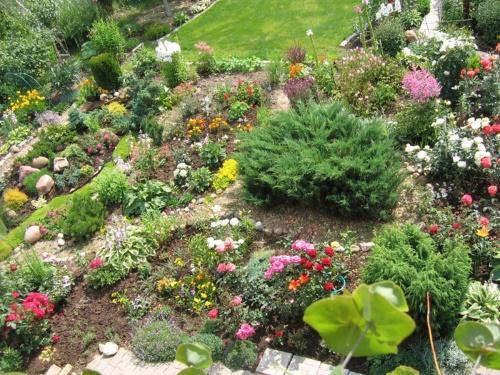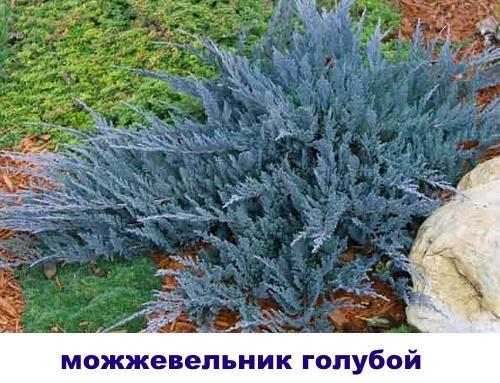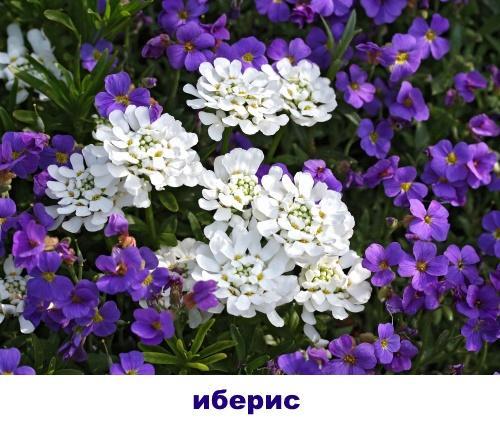We plant flowers on an alpine hill: what and how
 Alpine slide is a popular element of landscape design, which is gaining more and more popularity in recent years. She not only decorates the site, but also gives it the most natural look. Various plants, from flowering to ground cover crops, surrounded by rocky rocks, look very impressive when chosen and combined correctly. Before deciding what to plant on an alpine slide, you should read the general recommendations.
Alpine slide is a popular element of landscape design, which is gaining more and more popularity in recent years. She not only decorates the site, but also gives it the most natural look. Various plants, from flowering to ground cover crops, surrounded by rocky rocks, look very impressive when chosen and combined correctly. Before deciding what to plant on an alpine slide, you should read the general recommendations.
Read also the article in the topic:do it yourself alpine slide!
Some tips for plant placement
First of all, for an alpine slide, only those crops should be selected that are capable of growing in the local climate. It is better if flowering plants replace each other, blooming in turn. Particular attention should be paid to undersized and adjacent flowers. It is important to take into account the growth rates so that neighboring, taller and faster-growing crops do not oppress the compact plantings of "slow" bushes.
When planting perennials in the free space between them, you can arrange annual flowers - they will hide empty areas under them until the perennials grow.
An excellent choice for an alpine slide is dwarf conifers. Their year-round green branches will become the main feature of a rocky flower bed, especially if you combine species with different shades (juniper, thuja, cypress).
In the intervals between the conifers, you can plant undersized crops or carpet.
Principles of tier filling of the hill with plants
When choosing crops for an alpine slide, it is necessary to take into account the fact that they will not grow on a flat surface, which means that lighting and moisture will receive unevenly. Visually, the slide can be divided into three tiers: top, middle and bottom.
In order for all plantings to have the opportunity to develop, each "floor" should be populated with their own plants, based on the following principles:
- At the top of the hill, it is necessary to plant light-loving ground cover crops that do not require a lot of moisture, and plants with different budding times will provide continuous flowering. Iberis and perennial carnation, creeping thyme and alpine edelweiss.


- For the middle tier, you can choose flowers that prefer light, but are capable of growing in partial shade. Of the flowering crops that delight the eye in late spring, phlox are suitable. Schmidt's wormwood or woolly wormwood will look beautiful against their background. Aubrietta with its decorative leaves will help to add a touch of "greenery". Various bulbous plants will also take root well on the "second floor" primroses and geyher.



- The foot of the alpine hill should be devoted to moisture and shade-loving crops. It is here that it is best to plant dwarf conifers. Gorgeous rhododendrons also look beautiful. You can also plant bushes on the lower tier. saxifrage or lyatriceadding a bright touch.

There can be a lot of options for creating beautiful compositions, the main thing is not to overdo it, otherwise the plants will be cramped.Show your imagination and create your own masterpieces.